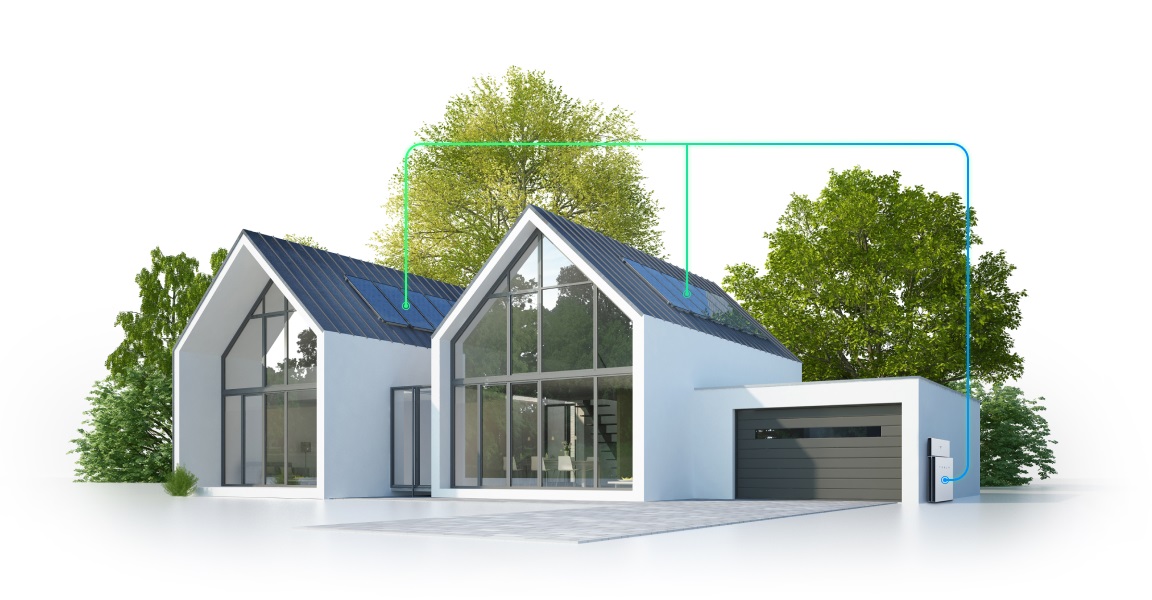RMI, a nonprofit dedicated to accelerating the global energy transformation, announced the formation of the Virtual Power Plant Partnership (VP3). Initial funding of the VP3 effort was made possible by General Motors and Google Nest. Founding members include Ford, General Motors, Google Nest, OhmConnect, Olivine, SPAN, SunPower, Sunrun, SwitchDin, and Virtual Peaker.
VPPs aggregate and coordinate distributed energy resources to benefit all those who rely on the electric grid. They are made up of portfolios of numerous households and businesses that have energy assets, such as electric vehicles, batteries, solar arrays, and other devices that support the grid.
Through a combination of software and hardware, VPPs “open the grid to a whole new utility-scale, behind-the-meter supply”, said Jigar Shaw in “Achieving a zero-carbon grid”. VPPs help balance the grid by using software to adjust charging, discharging, output, and demand from the DERs (with customer permission) in response to signals from markets and grid operators.
VP3 is an initiative based at RMI that intends to catalyze industry and transform policy to support scaling energy assets such as electric vehicles (EVs), smart thermostats, appliances, batteries, solar arrays, and others to support the grid. The initiative follows in the path of successful institutional spinoffs in the electric sector space previously incubated by RMI including the Clean Energy Buyers Association and the Energy Web Foundation.
Virtual power plants are poised for explosive growth, and RMI is committed to being at the forefront of their success by launching VP3. Our analysis shows that VPPs can reduce peak power demand and improve grid resilience in a world of increasingly extreme climate events. A growing VPP market also means revenue opportunities for hardware, software, and energy-service companies in the buildings and automotive industries. For large energy users, VPPs can significantly reduce energy spend while providing new revenue streams. Jon Creyts, chief executive, Rock Mountain Institute
VP3 is working toward a future where businesses, households, and communities are empowered through VPPs that can help to support cost-effective energy, emissions reductions, and a more resilient electricity grid. To achieve this, VP3 will work to:
- Catalog, research, and communicate VPP benefits
- Develop industry-wide best practices, standards, and roadmaps
- Inform and shape policy development
“The next 12 to 24 months are critical for policy and program development to seize the potential offered by virtual power plants, and VP3 is here to ensure that the energy transition doesn’t miss a beat,” said Mark Dyson, RMI managing director for carbon-free electricity.
GM is supporting the initiative because of the role that VPPs can play in ensuring a more resilient grid. “This collaboration underscores GM’s commitment to creating a more resilient grid, with EVs and virtual power plants playing a key role in helping to advance our all-electric future,” said Mark Bole, vice president and head of V2X and battery solutions at GM.
Read about the benefits of affordability of virtual power plants here.
This content is protected by copyright and may not be reused. If you want to cooperate with us and would like to reuse some of our content, please contact: editors@pv-magazine.com.









By submitting this form you agree to pv magazine using your data for the purposes of publishing your comment.
Your personal data will only be disclosed or otherwise transmitted to third parties for the purposes of spam filtering or if this is necessary for technical maintenance of the website. Any other transfer to third parties will not take place unless this is justified on the basis of applicable data protection regulations or if pv magazine is legally obliged to do so.
You may revoke this consent at any time with effect for the future, in which case your personal data will be deleted immediately. Otherwise, your data will be deleted if pv magazine has processed your request or the purpose of data storage is fulfilled.
Further information on data privacy can be found in our Data Protection Policy.